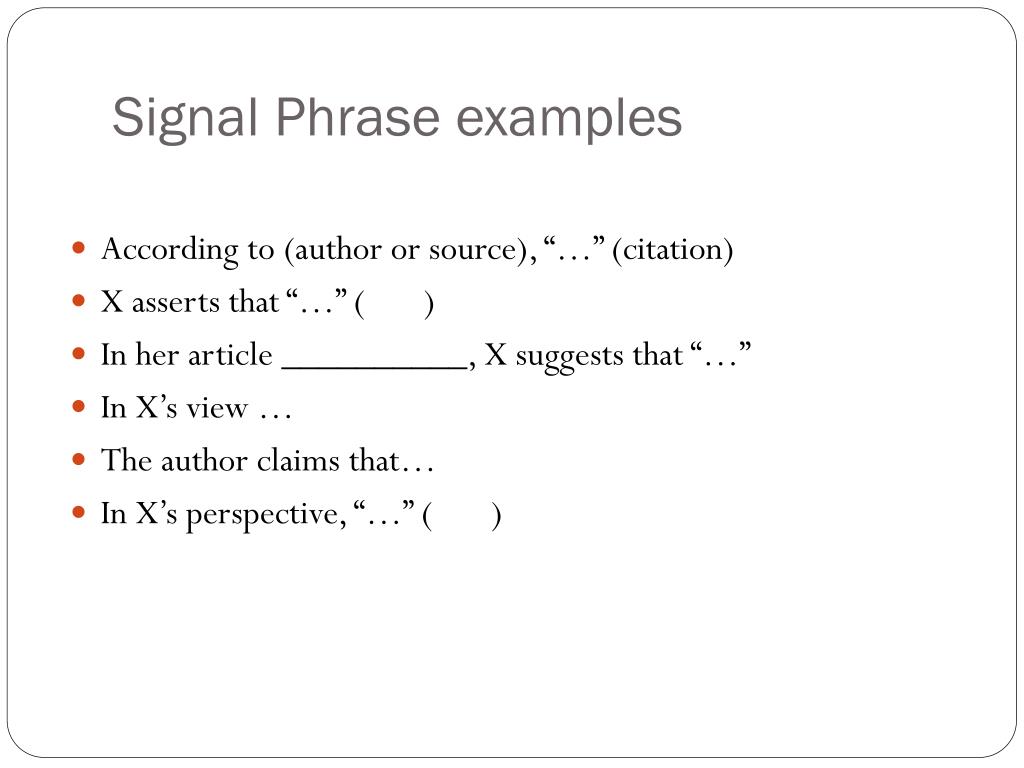

The Honeywell Home© ProSeries serves both as a keypad and a control panel.ĮPS uses the word contact in two difference circumstances. A residential ProSeries© touchscreen controller functions both as a keypad and a control panel. Of course, there are always exceptions to the rule. The 6160 model keypad is the version most frequently included in EPS Security systems. Distinguishing between these two components of your security system is especially important if you’re ever troubleshooting over the phone with the EPS Technical Support team. A panel is usually located out of the way-often in a maintenance room or basement-and a keypad is often in an office or near a home’s perimeter doors. An EPS-installed panel with have a sticker on the exterior with our logo on it.Ī keypad is the means by which the system can be armed, disarmed, and otherwise controlled. A panel is the processing component of an alarm system that collects signals from various devices and then alerts the tenant/residence to the signal and/or sends a signal to our Monitoring Center for emergency dispatch. Panels and keypads are often confused for each other by our customers. Perhaps most importantly, it also allows our Monitoring Center operators to know that they are talking to the homeowner or business operator, not a person breaking into the house impersonating them. This allows decisions about the alarm system to be made only by those with the authority to do so.
COMMON SIGNAL PHRASES PASSWORD
This unique password allows our staff to identify those allowed to make changes to an account, disregard a particular alarm signal, or request service for a system. PasscodeĮPS takes security seriously, so we assign a passcode to verified users on every account. Our Monitoring Center also receives alarm signals as zone numbers with their accompanying label-for instance, we may receive a “ZONE 12 LIVING ROOM MOTION” alarm and notify you of it.
COMMON SIGNAL PHRASES WINDOWS
Zone numbers are important to know for bypassing certain sensors or for identifying whether certain doors or windows are open when you’re trying to set the system. If there’s an alarm or fault on your system, your keypad will likely flash the issue on its display accompanied by the corresponding zone number. Your front door, for instance, might be assigned to zone 9 and your three basement water sensors to zone 14. ZoneĪ sensor or group of sensors is assigned a zone upon installation.

Occasionally, a panel may relay important system warnings or notifications to our Grand Rapids-based EPS Monitoring Center to alert us to abnormal conditions on your system. The electronic transmission we receive from your system when, say, motion is detected by a motion detector or smoke by a smoke detector is called an alarm signal.

The entire point of a security system is to alert you when certain criteria are met in specific circumstances. Twenty common EPS Security alarm phrases Alarm signal In the hopes of cutting through some of the industry-speak, we’ve put together a list of twenty of the more common expressions we use at EPS-and included a brief explanation of what each phrase means for you and your security system. Understanding the basics of how your system functions doesn’t have to be an enigma. Especially at a security company that’s been serving their community for as long as EPS Security-almost 65 years!-it’s easy for prospective and current customers to get bogged down in and confused by the business verbiage and technical jargon companies throw around on a daily basis. Numerous trained consultants, engineers, and technicians are involved in designing and installing the custom solution that fits your protection needs, and once the system is installed dozens more operators, administrators, and technical support specialists help to keep your account and system pristine. Providing comprehensive security for your home or business is no easy task.


 0 kommentar(er)
0 kommentar(er)
